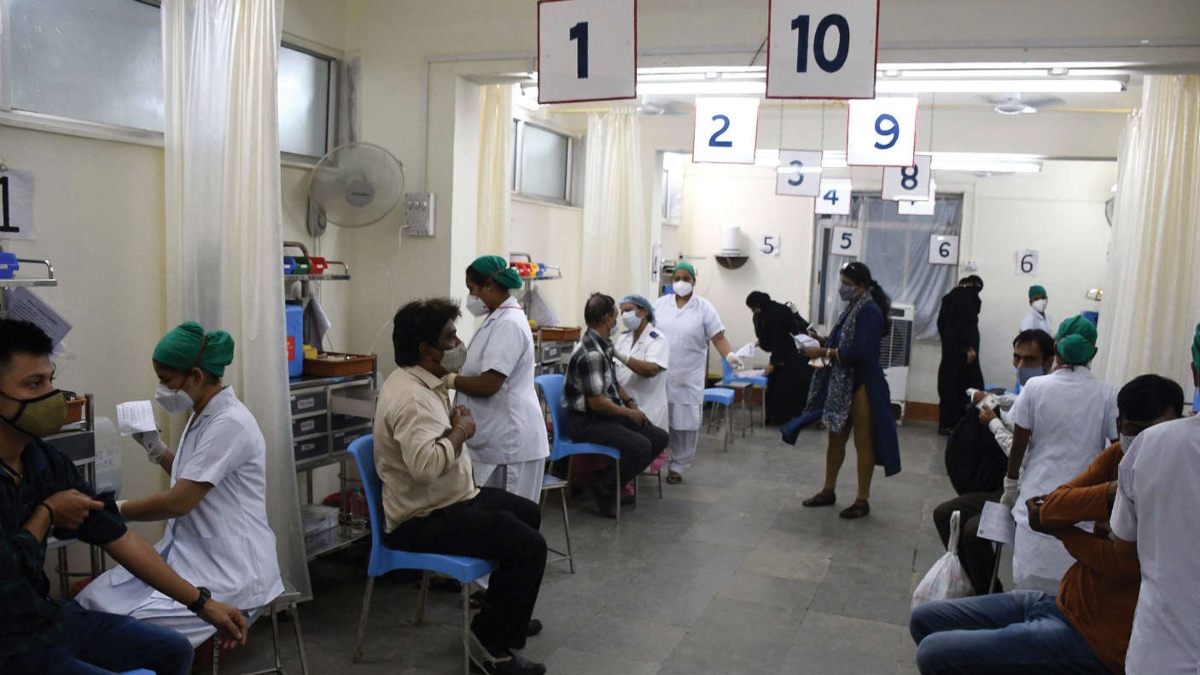


Even as India continues to fight against the deadly Covid-19 virus, SARS-CoV-2 variants are emerging, spreading and causing governments & public health experts to develop the best strategies to contain their spread constantly. There are currently 11 variants of the SARS-CoV-2 virus that the World Health Organization Trusted Source is monitoring. One of these variants, the Delta Plus variant — also known as B.1.617.2.1 or AY.1 —first detected in India, February 2021, has spread to many parts of the world. Towards the end of August, Maharashtra recorded 103 Delta Plus cases. Approximately 65% of the reported cases were amongst the unvaccinated population.
So, how is this variant different, and can it escape vaccine protection?
Delta Plus is a sub-lineage of the Delta variant first detected in India, acquiring the spike protein mutation K417N. In June, this variant was designated as a Variant of Concern (VoC) by the Indian government, citing its perceived increased transmissibility, ability to bind more strongly to receptors on lung cells, and potential to evade an antibody response.
Is the Delta plus variant more threatening?
The Delta variant has been held responsible for the second wave in India. Several other countries consider Delta as the factor behind a sudden surge of cases. It can be a trigger to the third wave.
While India is battling against the Delta plus variant, few other parts of the world are bearing the brunt of C.1.2, a new SARS-CoV-2 variant. It was first reported in South Africa during May and eventually spread to China, England, the Democratic Republic of Congo, Mauritius, Portugal, and Switzerland. India has no cases of the new strain so far, and globally Delta variant is the more dominant one. However, what is of concern here is that the C.1.2 variant has a mutation rate of 41.8 mutations per year, i.e. twice the current global mutation rate of other strains, and it can evade the antibodies developed to ward off the Alpha or Beta variants.
What impact does virus mutation have on the human body?
The standard process of mutations impacts us when it leads to changes in transmission levels or on treatment. Mutations can have positive, negative, or neutral effects on human health. For example, negative impacts may include clustering of infections, increased transmissibility, ability to escape immunity and infect others who have poor immunity, neutralization escape from monoclonal antibodies, improved binding to lung cells and increased severity of infection.But positive impacts can make the virus becomes non-viable.
At this rate, how and when will we achieve herd immunity?
A population is said to achieve herd immunity when large percentages of individuals become immune to a disease. Based on mathematical calculations, if vaccines could provide a lifelong, fail-safe shield against infection with SARS-CoV-2, it would need to reach 60-72% of people to establish herd immunity. But if vaccines are only 80% effective at preventing infection, 75-90% of people would need to be immunized — a high bar.
If a third wave is triggered, a rise in infection rates may pose the toughest challenge yet for the government, owing to the weaker health infrastructure and staff availability. Robust serological surveys can show where the community is in terms of seropositivity, and in a way, low case numbers are an outcome of the spread slowing. However, in the journey towards herd immunity, many other factors determine daily case numbers and daily deaths, including the age and morbidity profile of those affected.
Moreover, experts opine that herd immunity doesn’t confer immunity to the virus itself but only reduces the risk that vulnerable people will encounter the pathogen.
However, most herd-immunity calculations don’t consider behavior changes, interventions, and rules. For instance, if people follow good physical distancing, the R0 (R0, pronounced “R nought,” is a mathematical term that indicates how contagious an infectious disease is) will go down, if they stop following the same after a while, the R0 will go up again. This will change the herd immunity threshold accordingly.
Until large-scale vaccinations are made available, current forms of social distancing and use of face masks, along with all-inclusive case finding, testing, contact tracing, and isolation, need to continue. History tells us that we have never achieved herd immunity via natural infection concerning a novel virus, and SARS-CoV-2 is no different. Vaccination is therefore paramount.
The writer is the Director-Critical Care, Fortis Hospitals Mumbai & Member-Maharashtra Covid-19 Taskforce